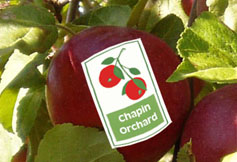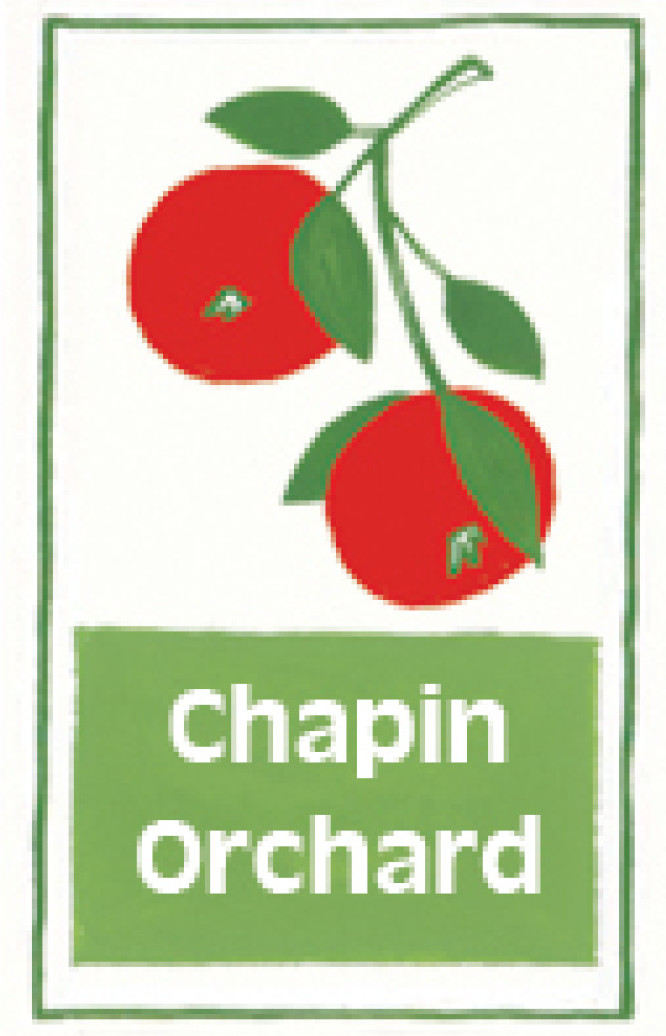Apples We Grow

We offer a great selection of apples varieties, including a few antique varieties, and some of the newer “disease resistant” varieties as well. Currently over half the orchard is planted in Macintosh. The “Mac’s” along with Honey Crisp, Cortlands, Empires, Macouns, Liberties, Red Delicious, and Paula Reds account for over 90% of what we’ve got planted. Below is
a list of all the varieties we grow. Click on the variety name to find out more about it.
The Basics
Macintosh
*Source: Yepsen, R. 1994. Apples. New York: W.W. Norton and Company, Inc.
Cortland
*Source: Yepsen, R. 1994. Apples. New York: W.W. Norton and Company, Inc.
Empire
*Source: Yepsen, R. 1994. Apples. New York: W.W. Norton and Company, Inc.
Red Delicious
*Source: Yepsen, R. 1994. Apples. New York: W.W. Norton and Company, Inc.
Macoun
*Source: Yepsen, R. 1994. Apples. New York: W.W. Norton and Company, Inc.
Disease Resistant
Freedom
Liberty
*Source: Yepsen, R. 1994. Apples. New York: W.W. Norton and Company, Inc.
Mac Free
Nova Easy Grow
Prima
Red Free
William's Pride
Antique
Duchess
Fameuse
*Source: Yepsen, R. 1994. Apples. New York: W.W. Norton and Company, Inc.
Golden Russet
*Source: Yepsen, R. 1994. Apples. New York: W.W. Norton and Company, Inc.
Rome
*Source: Yepsen, R. 1994. Apples. New York: W.W. Norton and Company, Inc.
Tolman Sweet
Wealthy
*Source: Yepsen, R. 1994. Apples. New York: W.W. Norton and Company, Inc.
The Rest
Gala
*Source: Yepsen, R. 1994. Apples. New York: W.W. Norton and Company, Inc.
Idared
*Source: Yepsen, R. 1994. Apples. New York: W.W. Norton and Company, Inc.
Jonagold
*Source: Yepsen, R. 1994. Apples. New York: W.W. Norton and Company, Inc.
Paula Red
Northern Spy
*Source: Yepsen, R. 1994. Apples. New York: W.W. Norton and Company, Inc.
Red Corts
Rhode Island Greening
*Source: Yepsen, R. 1994. Apples. New York: W.W. Norton and Company, Inc.
Honeycrisp
An apple variety that is taking Vermont and the rest of the Northern United States by storm. Surely to become one of the most popular apples ever produced in the NO\ortheast. Honeycrisp was developed in the 1960s and introduced to the market in the 1990s . The flavor is sweet with very little trace of acidity. Honeycrisp fruit is characterized by an exceptionally crisp and juicy texture. Its flesh is cream colored and coarse. The flavor is sub-acid and ranges from mild and well-balanced to strongly aromatic. If you haven’t already, give this one a try.
Ginger Gold
Ginger Gold is sweet, tangy, and juicy. It is round with a smooth green-yellow skin and a slight red blush. Ginger Gold is an excellent multi-purpose eating and cooking apple; it also excels as a salad apple, as the crisp, white flesh browns slowly when sliced. Ginger Gold is harvested as early as late August.
